Introduction
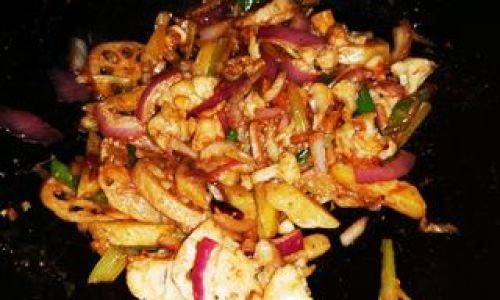
In the vast culinary landscape of Chinese gastronomy, Sichuan cuisine stands out with its bold flavors, intricate cooking techniques, and a penchant for numbing spices. Among the myriad of dishes that embody this culinary tradition, Dry-Pot Geiwei Shrimp (干锅基围虾) holds a special place. This dish combines the succulence of fresh shrimp with the fiery heat and aromatic spices of Sichuan peppers, creating a meal that is both a delight for the taste buds and a visual spectacle.
Dry-Pot cooking, characterized by its use of a small wok or pot over a direct flame, is designed to cook ingredients slowly, allowing flavors to meld and intensify. Geiwei shrimp, specifically, refers to shrimp from the species Penaeus chinensis, commonly known as the Pacific white shrimp or simply “base white shrimp” in some regions. These shrimp are prized for their firm texture, sweet flavor, and adaptability to various cooking methods.
In this comprehensive guide, we will delve into the intricacies of making Dry-Pot Geiwei Shrimp, from selecting the perfect ingredients to mastering the cooking process. By the end, you’ll be equipped with the knowledge and skills to recreate this exquisite dish in your own kitchen.
Section 1: Ingredient Selection and Preparation
1 Shrimp Selection
The foundation of any Dry-Pot Geiwei Shrimp dish is, of course, the shrimp itself. When choosing shrimp, look for those that are firm, have a slight bend (indicating freshness), and are free of any slimy residue. The shells should be bright and slightly translucent, with no dark spots or cracks.
Size-wise, medium to large shrimp are ideal for this dish, as they offer a good balance between flavor and ease of handling. Avoid overly large shrimp, as they can become tough and difficult to cook evenly.
2 Spices and Aromatics
The signature flavors of Sichuan cuisine are largely derived from a blend of spices and aromatics. For Dry-Pot Geiwei Shrimp, you’ll need:
- Sichuan peppercorns: These provide a unique, slightly numbing sensation and a floral aroma.
- Star anise: Adds a subtle sweetness and complexity to the dish.
- Cloves: Offer a warm, spicy undertone.
- Cinnamon sticks: Enhance the overall aroma and provide a hint of sweetness.
- Ginger and garlic: Essential for their fresh, aromatic qualities.
- Scallions: For a burst of fresh flavor and color.
- Chili peppers: Adjust the number according to your preference for heat.
3 Other Ingredients
- Vegetable oil: For frying and cooking.
- Soy sauce: Adds saltiness and a rich, umami flavor.
- Shaoxing wine: Enhances the shrimp’s sweetness and helps to tenderize the meat.
- Sugar: Balances the heat and adds a touch of sweetness.
- White sesame seeds: For garnish, adding a nutty flavor and crunch.
4 Preparation
- Peel and devein the shrimp, leaving the tails on for a more presentable dish. Rinse them thoroughly under cold water and pat dry with paper towels.
- Toast the Sichuan peppercorns, star anise, cloves, and cinnamon sticks in a dry pan until fragrant. Grind them coarsely using a mortar and pestle or spice grinder.
- Finely chop the ginger, garlic, and chili peppers. Slice the scallions into short lengths.
Section 2: Cooking Techniques
1 Blanching the Shrimp
Blanching the shrimp before cooking them in the dry pot helps to set their shape and color, ensuring they remain tender and juicy. Bring a pot of water to a rolling boil, add a pinch of salt, and then blanch the shrimp for about 30 seconds to 1 minute, depending on their size. Remove them immediately with a slotted spoon and plunge them into ice water to stop the cooking process. Drain well.
2 Preparing the Dry Pot Base
Heat a small wok or heavy-bottomed pot over medium-high heat. Add enough vegetable oil to coat the bottom generously. Once the oil is hot, add the chopped ginger, garlic, and chili peppers. Stir-fry until fragrant, about 30 seconds to 1 minute. Be careful not to let the garlic burn, as it will turn bitter.
3 Adding the Spices
Add the ground spice mixture to the wok and stir-fry for another 30 seconds, allowing the spices to release their aromas. This step is crucial for building the complex flavor profile of the dish.
4 Cooking the Shrimp
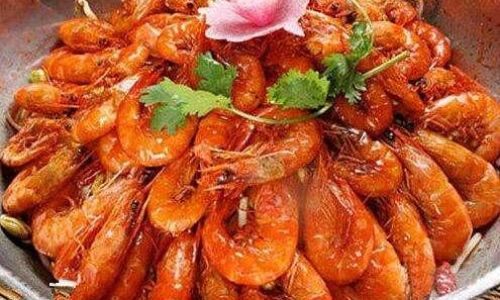
Increase the heat to high and add the blanched shrimp to the wok. Stir-fry quickly, tossing them in the fragrant oil and spices. Add a splash of Shaoxing wine, soy sauce, and a pinch of sugar. Continue to stir-fry until the shrimp are heated through and coated evenly with the sauce, about 2-3 minutes.
5 Final Touches
Throw in the sliced scallions and stir-fry for another minute, until they wilt slightly and their flavor is released into the dish. Taste and adjust the seasoning with more soy sauce or sugar if necessary.
6 Serving
Transfer the Dry-Pot Geiwei Shrimp to a serving dish, garnish with white sesame seeds, and serve immediately. The dish should be hot, fragrant, and bursting with flavors.
Section 3: Tips and Variations
1 Adjusting Heat Levels
Sichuan cuisine is known for its fiery heat, but you can adjust the number of chili peppers to suit your palate. For a milder version, reduce the chili peppers or substitute them with bell peppers for color without the heat.
2 Adding Vegetables
Dry-Pot dishes often incorporate a variety of vegetables. Consider adding bell peppers, baby corn, or even potatoes for added texture and nutrition. Blanch or partially cook the vegetables before adding them to the wok to ensure they cook evenly with the shrimp.
3 Using Different Oils
While vegetable oil is traditional, you can experiment with other oils such as peanut oil or sesame oil for a unique flavor twist. Just remember that sesame oil has a lower smoking point and should be added towards the end of cooking to avoid burning.
4 Serving Suggestions
Dry-Pot Geiwei Shrimp pairs wonderfully with steamed rice, absorbing the leftover sauce and spices. It also makes a great appetizer or main course when served with a selection of other Sichuan dishes.
Conclusion
Making Dry-Pot Geiwei Shrimp at home may seem like a daunting task, but with the right ingredients, careful preparation, and attention to detail, you can achieve a dish that rivals the best restaurants. This dish is not just about the sum of its parts; it’s about the harmony of flavors, textures, and aromas that come together in a single pot.
As you cook, remember to enjoy the process. Experiment with different spices, vegetables, and cooking techniques to find your perfect version of Dry-Pot Geiwei Shrimp. And most importantly, share your creations with friends and family, who will surely be impressed by your culinary prowess.
In the end, it’s not just about mastering a dish; it’s about embracing a culinary journey that takes you through the vibrant world of Sichuan cuisine, where every meal is an adventure and every bite a story. Happy cooking!
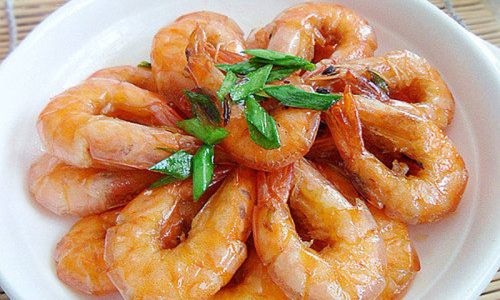
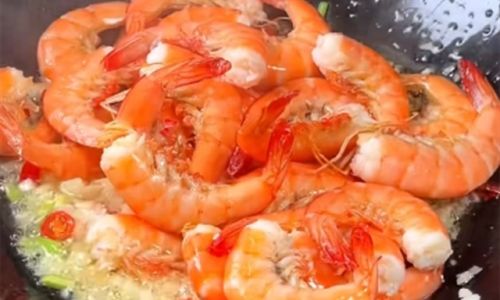
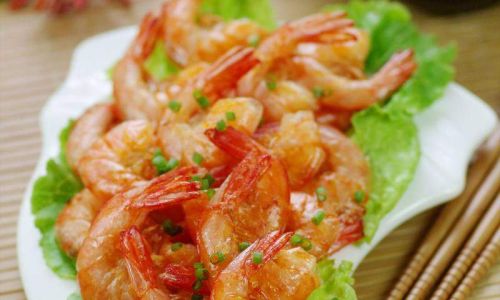
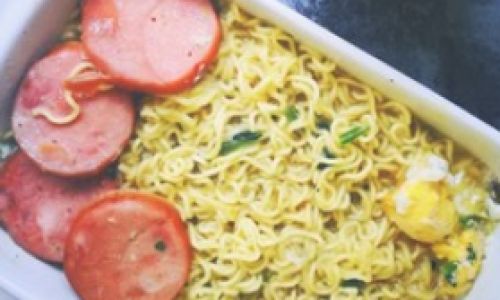
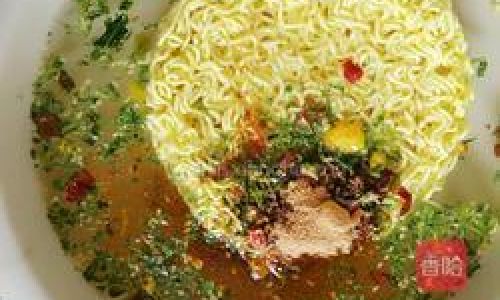
0 comments